Sigma S 70-200 mm f/2.8 DG OS HSM
5. Chromatic and spherical aberration
Chromatic aberration
Photos, shown below, prove that the tested lens has no problems when it comes to longitudinal chromatic aberration. In all shots, especially at the maximum relative aperture, there is a very slight colouring of out-of-focus areas – definitely not an issue worth worrying about.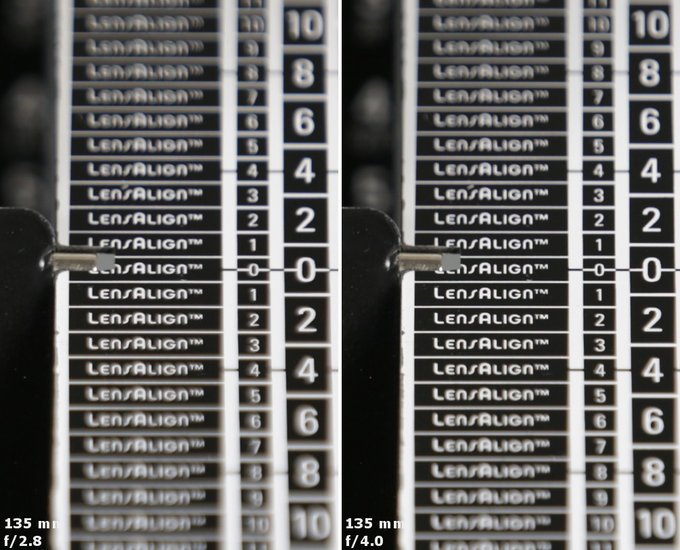 |
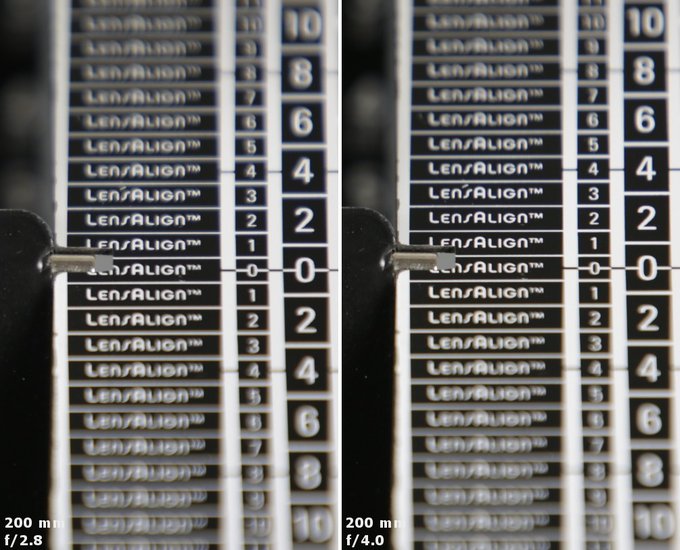 |
Please Support UsIf you enjoy our reviews and articles, and you want us to continue our work please, support our website by donating through PayPal. The funds are going to be used for paying our editorial team, renting servers, and equipping our testing studio; only that way we will be able to continue providing you interesting content for free. |
- - - - - - - - - - - - - - - - - - - - - - - - - - - - - - - - - - - - - - - - - - - - - - - -
 |
Let's check now how the Sigma deals with lateral chromatic aberration. Graphs shown below illustrate its performance depending on focal length and aperture, on the edge of the APS-C/DX sensor and on the edge of full frame.
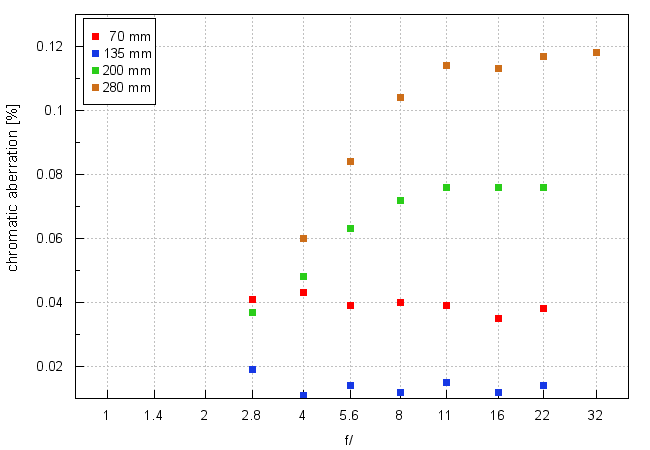
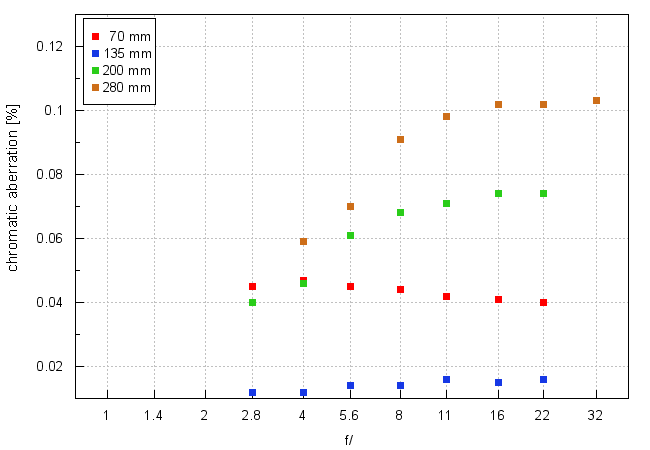
The best result you see at the 135 mm focal length where this aberration never exceeds 0.02%, remaining completely invisible. The chances to notice it at all increase slightly at the 70 mm focal length where you deal with a verly low level of 0.04% or so.
F/2.8 and f/4.0 apertures at 200 mm also produce results of about 0.04% and then the aberration increases, approaching medium levels but never reaching them, not even on significant stopping down. We don't have even the slightest reservations at this point.
When it comes to the performance with the teleconverter attached the aberration remains low by the most important f/4.0 and f/5.6 apertures. Only from f/8.0 upwards it becomes medium and increases on stopping down. Still it never reaches a high level.
| Canon 5D III, RAW, 135 mm, f/4.0 | Canon 5D III, RAW, 200 mm, f/16.0 |

|

|
Spherical aberration
We didn't notice even the slightest trace of focus shift effect at the 135 mm focal length. Still at 200 mm and 280 mm the depth of field seems to move a tad toward greater distances.Such results are confirmed by the appearance of defocused light circles. At 135 mm both circles are practically the same. By 200 mm and 280 mm the differences aren't especially pronounced but, as you move from an image obtained before the focus to the one behind the focus the intensity of the rim increases.
It all means that the Sigma has no problems related to spherical aberration at the shorter end of the focal spectrum. When it comes to the longer focal lengths, this aberration remains slightly undercorrected.
| Canon 5D III, 135 mm, f/2.8, in front of | Canon 5D III, 135 mm, f/2.8, behind |
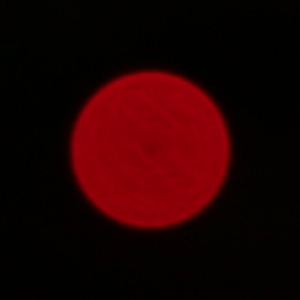
|
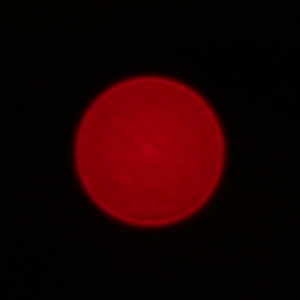
|
| Canon 5D III, 200 mm, f/2.8, in front of | Canon 5D III, 200 mm, f/2.8, behind |
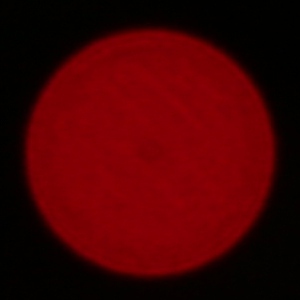
|
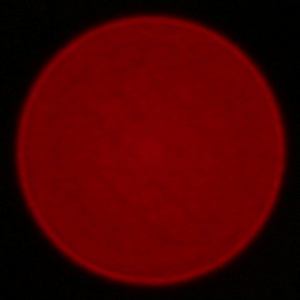
|
| Canon 5D III, 280 mm (TC), f/4.0, in front of | Canon 5D III, 280 mm (TC), f/4.0, behind |
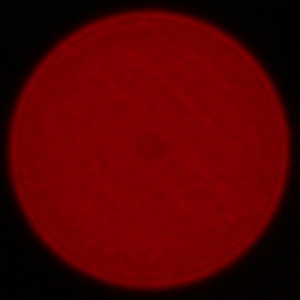
|
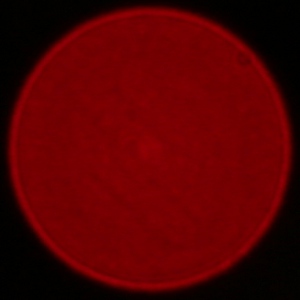
|






